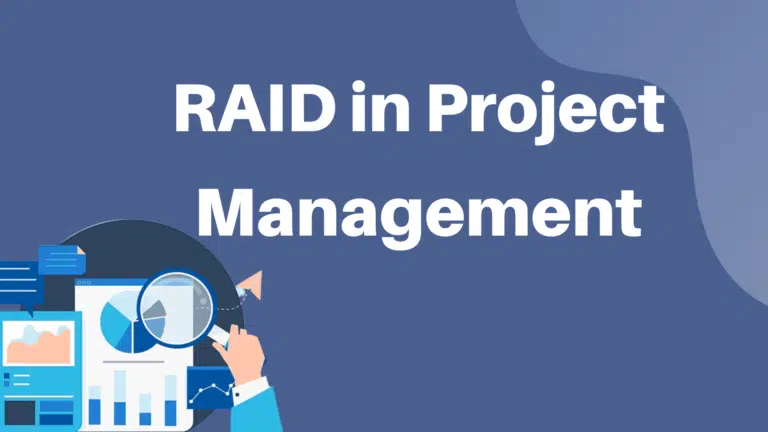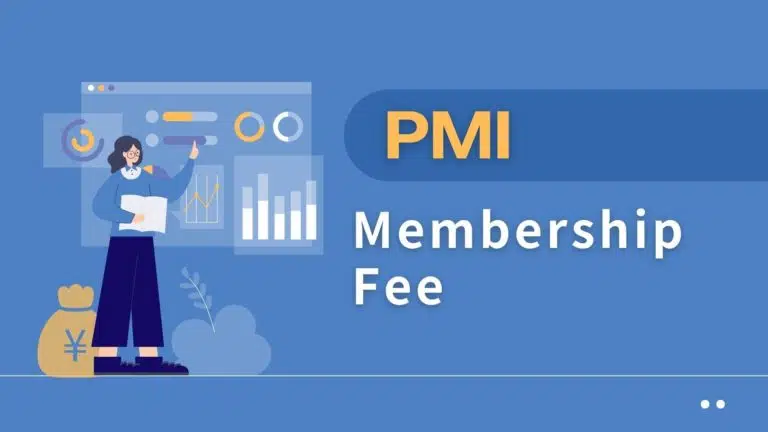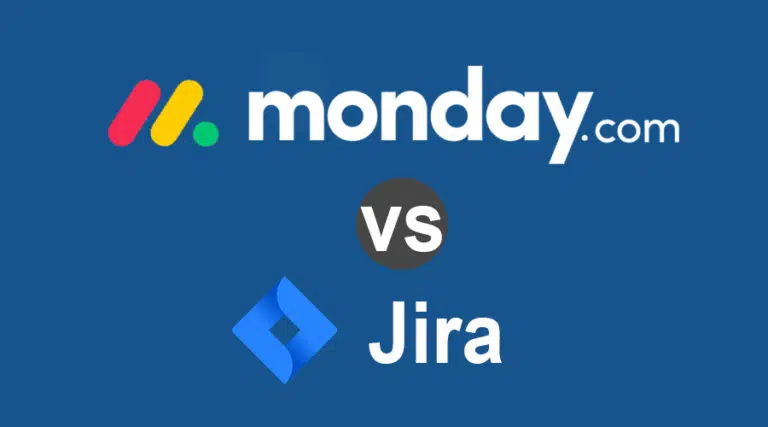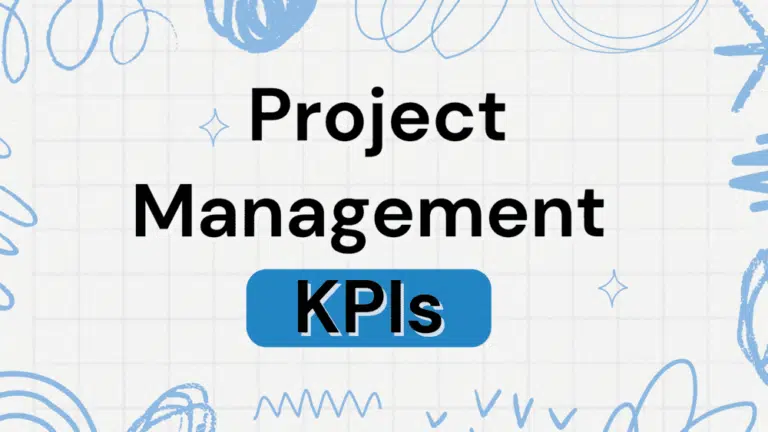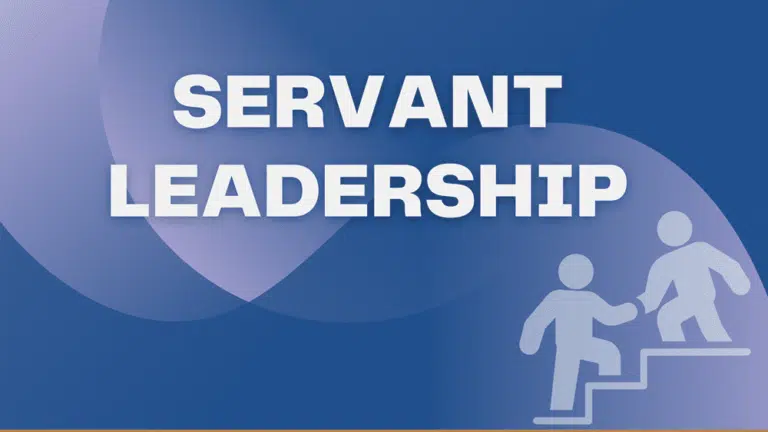During my initial days on the job, I was extensively involved in attending meetings and creating meeting minutes.
Preparing meeting minutes was an exciting task, and I greatly enjoyed it. In today’s post, I will share many tips and ideas to help you write your meeting minutes. Afterward, I will provide a meeting minutes sample that you can use to prepare your meeting minutes
Please note that every organization has a separate format for taking meeting notes and meeting minutes. If your organization has one, you can use it for your meetings. But if not, you can use the templates given in this post and customize them as per your requirements.
What Are Meeting Minutes?
Meeting Minutes, or Minutes of Meeting (MOM), are the official record of any formal meeting. They record every key decision, resolution, action, or question asked during the meeting for future reference and taking action.
It provides written records for attendees and informs stakeholders who did not attend the meeting about the meeting’s details. It helps track action items decided on the meeting and any other key decision requiring tracking.
What You Can Include in Meeting Minutes
You can include the following elements in the meeting minutes:
- Meeting Title
- Date, Time, and Meeting Duration
- Name of the Meeting Notes Taker
- Name of the Attendees with Designation
- Circulation (e.g., to whom the MOM should be circulated)
- Meeting Agenda
- Meeting Resolution
- Action Items
- Key Decisions
- Questions Asked
- Approving Authority
What is the Purpose of Meeting Minutes?
The meeting minutes is a key document whose sole purpose is to record the happening in the meeting for future reference, track the decisions action items, and schedule the next meeting, and inform stakeholders about the meeting’s conclusions.
Meeting minutes should include the following key elements:
- Resolutions
- Decisions Made
- Action Items
Meeting minutes are official, formal, written records that the stakeholders can refer to at any time for information and tracking purposes.
What is the Process of Preparing Meeting Minutes?
Preparing meeting minutes involves the following steps:
- Prepare Agenda
- Determine and Invite Attendees
- Conduct Meeting
- Taking Meeting Notes
- Prepare Meeting Minutes
- Circulate Meeting Minutes to Attendees for Feeback
- Finalize Minutes and Send to Stakeholders
#1. Prepare Agenda
First, you will determine the meeting agenda. This agenda will include the issues and points you will discuss with attendees in the meeting. You will also review the past meeting minutes and find the action items to track their progress in the next meeting.
Likewise, you may want to review the impact of decisions and resolutions taken during the previous meeting.
You will make a list of such items for your meeting agenda.
After preparing the agenda, you will send it to the stakeholders you want to invite to the meeting.
A well-planned meeting ensures you will have a smooth and effective meeting.
#2. Determine and Invite Attendees
This is the most important step; you must ensure the right people are invited to the meeting and they join.
We have suffered a lot because of this. We have often conducted the meeting, and invitees have sent their replacements who were unaware of the issues or not experts. It wasted our time and caused some issues.
Therefore, speak with key attendees and ensure that they will join the meeting. If they cannot join, then change the date or ensure that they send a representative to attend the meeting in their stead.
#3. Conduct Meeting
Now, the chairperson or the meeting facilitator will conduct the meeting. You will welcome all attendees, inform them about the key agenda of the meeting, and discuss the topics one by one.
You will work as a facilitator to conduct a smooth meeting.
While conducting the meeting, you will ensure that all attendees can express their opinions and not be bullied by dominant attendees.
#4. Taking Meeting Notes
This is the most important step in the writing meeting minutes process.
You will ensure that the note taker is taking the meeting notes so you can prepare the meeting minutes later.
For fewer attendees, one note-taker is enough; for a larger and more crucial meeting, you can have two note-takers to ensure no key points are missed.
For taking notes, the note taker can use any template or prepare their template. However, using a template makes the note-taking process efficient.
Afterward, you will end the meeting and ensure the meeting notes are complete and no points are missed.
You must review the meeting notes immediately after closing the meeting. This is important, as everything will still be fresh and easy to remember. After time passes, you may forget some points, and they will not be included in the meeting minutes.
#5. Prepare Meeting Minutes
Now, you write the minutes. You will collect the meeting notes and prepare the meeting minutes format.
You can use the meeting minutes template used by your organization; if your organization has no template, you can use the template given in this post for your minutes of the meeting.
First, fill in the required information on the meeting template, such as title, date, time, name of the attendees, designations, etc., and then write the minutes.
You can start with progress on action items decided during the previous meeting. Afterward, you can discuss the current issues, conflicts, etc.
You must record every resolution, decision, and action item and mention the definitions of the actions, action owners, and action due dates.
After writing the meeting minutes, edit them for grammatical mistakes and review the facts. Avoid being subjective; instead, be objective. Finally, ensure that you use the same sentence structure and tense throughout the meeting minutes.
Avoid including personal comments and observations.
#6. Circulate Meeting Minutes to Attendees for Feedback
After preparing meeting minutes, send them to attendees for review and feedback. Sometimes, you may misassign the task and wrongly note the resolution. Sending reports to attendees ensures that minutes are error-free and have buy-in from all stakeholders.
Once, we had a short meeting, and after the meeting, we prepared the meeting minutes, got it approved, and sent it to all attendees. We thought it was a short meeting with a few action items; there is no need to waste time in getting attendees’ feedback.
However, once we sent the minutes report to attendees, we received complaints that we wrongly mentioned their agreements on some resolutions.
Therefore, ensure that you get attendees’ feedback on the meeting minutes before sending the approved copy.
#7. Finalize Minutes and Send to Stakeholders
After receiving feedback from the attendees, you will incorporate them into the meeting minutes and submit them to your chairperson or management for their approval.
Once the meeting is approved, you will send it to all attendees and other stakeholders for their information and tracking purposes.
Meeting Minutes Template
Meeting Title:
Enter meeting title.
Meeting Objectives:
Here, list the main objectives of the meeting
Date and Time:
Enter the date, time, start time, and end time.
List of Attendees:
- Name, Position/Organization
- Name, Position/Organization
- Name, Position/Organization
- Add additional attendees as needed
Meeting Agenda:
Welcome and Introductions
Brief welcome and introduction of participants
Review of Previous Meeting Minutes
A brief recap of the key points from the previous meeting minutes
Discussion on Agenda Item 1
Details of the discussion
Key responses: Summarize important points
Discussion on Agenda Item 2
Details of the discussion
Key responses: Summarize important points
Key Resolutions
List any decisions or resolutions made during the meeting
Action Items
List of tasks assigned to specific individuals
Action Item 1: Description, Deadline – Assigned to (Name)
Action Item 2: Description, Deadline – Assigned to (Name)
Add more action items as necessary
Key Responses
Summarize any significant responses or feedback received during the meeting.
Key Resolutions
Summarize any key decisions or resolutions made during the meeting
Action Items
List of action items (e.g., task descriptions, deadlines, and assigned individuals)
Next Steps
Outline the next steps to be taken by the team
You can download free meeting minutes templates from this post.
Meeting Minutes Example
Meeting Title:
Monthly Project Status Meeting
Meeting Objectives:
- Review project progress and milestones.
- Discuss current challenges and risks.
- Plan for upcoming tasks and deadlines.
Date and Time:
Date: 12/01/2023 Time: 10:00 AM – 11:30 AM
List of Attendees:
- Tom Hank, Project Manager
- Steven, Lead Engineer
- Adam, Finance Manager
- Aeron, Marketing Coordinator
Meeting Agenda
Welcome and Introductions
- Participants were welcomed, and a brief introduction was conducted.
Review of Previous Meeting Minutes
- Previous meeting minutes were reviewed, and there were no outstanding action items.
Project Progress and Milestones
- We had a detailed discussion on the current project status and highlighted completed milestones.
- Key Responses: The team expressed satisfaction with the progress and identified a need for better communication on certain tasks.
Challenges and Risks
- We had an open discussion on current challenges and potential risks.
- Key Responses: We identified a delay in material delivery and discussed strategies to mitigate the impact on the project timeline.
Financial Update
- Mark Johnson presented a financial update (e.g., budget vs. actuals).
- Key Responses: We acknowledged overspending in certain areas and decided to reallocate resources to stay within budget.
Upcoming Tasks and Deadlines
- We discussed upcoming tasks and set deadlines for key deliverables.
- Key Responses: We clarified responsibilities for upcoming tasks and confirmed that deadlines are achievable.
Key Resolutions
- We resolved to improve communication on specific tasks to avoid delays.
- We decided to reallocate resources to address budget concerns.
Action Items
- Action Item 1: We must coordinate with suppliers to expedite material delivery. Deadline: 03/20/2023 – Assigned to Jane Smith
- Action Item 2: We must update the project communication plan. Deadline: 03/18/2023 – Assigned to John Doe
- Action Item 3: We must review budget allocations and propose adjustments. Deadline: 03/17/2023 – Assigned to Mark Johnson
Key Responses
- There was positive feedback on the project’s overall progress.
- Concerns were raised about communication gaps on specific tasks.
Key Resolutions
- We must improve communication on specific tasks to avoid delays.
- We must reallocate resources to address budget concerns.
Action Items
- We must coordinate with suppliers to expedite material delivery. Deadline: 03/20/2023 – Assigned to Jane Smith
- We must update the project communication plan. Deadline: 03/18/2023 – Assigned to John Doe
- We must review budget allocations and propose adjustments. Deadline: 03/17/2023 – Assigned to Mark Johnson
Next Steps
- Team members must complete their assigned action items.
- We must schedule a follow-up meeting in two weeks to assess progress.
How to Track and Follow Up on Action Items from the Meeting Minutes
Tracking and following up on action items from meeting minutes is crucial to ensure that tasks are completed promptly and that the project progresses smoothly.
Use these steps to track and follow up on action items effectively:
- Document Action Items: Clearly state each action item in the meeting minutes (e.g., task description, responsible person, deadline, and any additional relevant information).
- Create an Action Item Log: Maintain a separate, centralized Action Item Log where you can list all action items, their status, deadlines, and responsible parties. This can be in a spreadsheet or a project management tool.
- Assign Responsibility: Assign responsibility for each action item to a specific team member. Ensure that they understand their role and what is expected of them.
- Set Deadlines and “Do” Dates: Assign realistic deadlines for each action item and provide “do” dates along with the due dates. Make sure that deadlines align with the overall project timeline and goals.
- Regularly Review and Update: Review the Action Item Log to track progress. Update the status of each action item by marking them as “in progress,” “completed,” or “delayed.”
- Follow-Up Communication: Send regular follow-up emails or messages to individuals responsible for action items. Inquire about the status of their tasks and provide any necessary support or clarification.
- Use Project Management Tools: Leverage project management tools that allow you to assign tasks, set deadlines, and track progress. Tools like monday.com, Wrike, nTask, Asana, Trello, or Jira can be particularly useful.
Summary
Meeting minutes are a great communication tool to record important meetings. Ensure that the minutes include all key discussions, resolutions, questions asked, action items, etc. Finally, before approving the meeting minutes, allow attendees to review them and provide feedback.

I am Mohammad Fahad Usmani, B.E. PMP, PMI-RMP. I have been blogging on project management topics since 2011. To date, thousands of professionals have passed the PMP exam using my resources.



